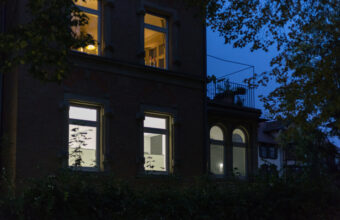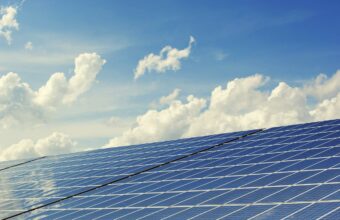The Solar Film stands out as a popular solution for enhancing privacy, reducing glare, and improving energy efficiency in homes and businesses. But what are the disadvantages of Solar Film?
Potential drawbacks of solar film to provide you with a comprehensive understanding.
- Limited Effectiveness in Extreme Climates – While solar film can significantly reduce heat gain and UV radiation, its effectiveness may be limited in extreme climates. In areas with consistently high temperatures or intense sunlight, solar film may struggle to provide adequate heat rejection, leading to less-than-optimal performance.
- Impact on Interior Lighting – A potential downside of solar film is its impact on interior lighting. While solar film helps reduce glare and heat from the sun, it may also result in a slight reduction in natural light entering your space. This can affect the ambiance and brightness of indoor areas, particularly in rooms with limited natural light sources.
- Potential for Reflective Glare – Some types of solar film feature reflective coatings designed to bounce sunlight away from windows. While this can help reduce heat gain and improve energy efficiency, it may also result in reflective glare, especially during certain times of the day or when sunlight hits windows at specific angles. This glare can be uncomfortable and distracting, especially in living or workspaces.
- Difficulty in Installation and Removal – Installing and removing solar film can be challenging and time-consuming, especially for large windows or complex architectural designs. Improper installation can lead to air bubbles, wrinkles, or peeling, affecting both the appearance and performance of the film. Removing old or damaged solar film can be labor-intensive and may require professional assistance.
- Potential for Fading or Discoloration – The solar film can fade or discolor over time due to sunlight and environmental factors, which can detract from its aesthetic appeal. While high-quality solar film products are designed to resist fading and maintain their appearance over time, cheaper or lower-quality options may be more susceptible to deterioration.
While solar film offers numerous benefits, consider its potential disadvantages before deciding. By weighing factors such as climate, lighting requirements, and installation challenges, you can make an informed choice that aligns with your needs and preferences. Solar film remains a valuable tool for enhancing comfort, privacy, and energy efficiency in residential and commercial spaces, but understanding its limitations is key to maximizing its effectiveness.






